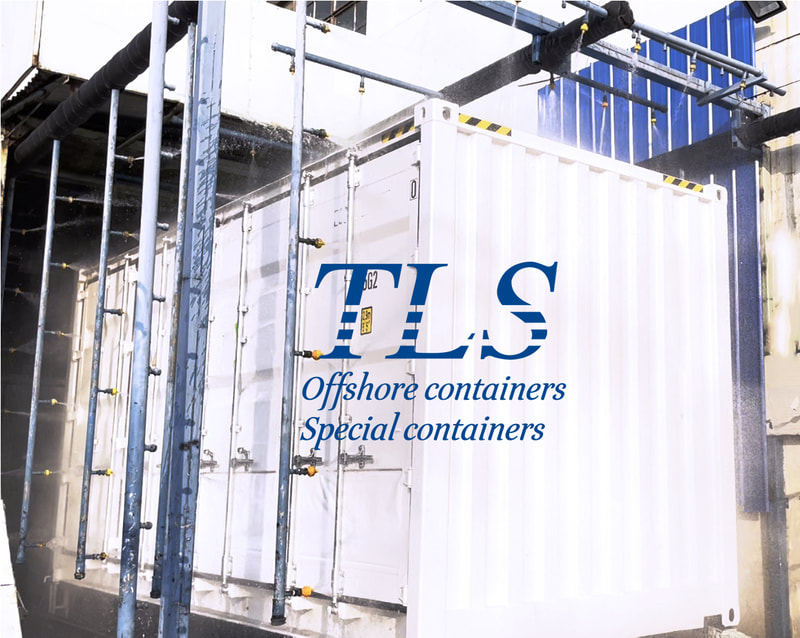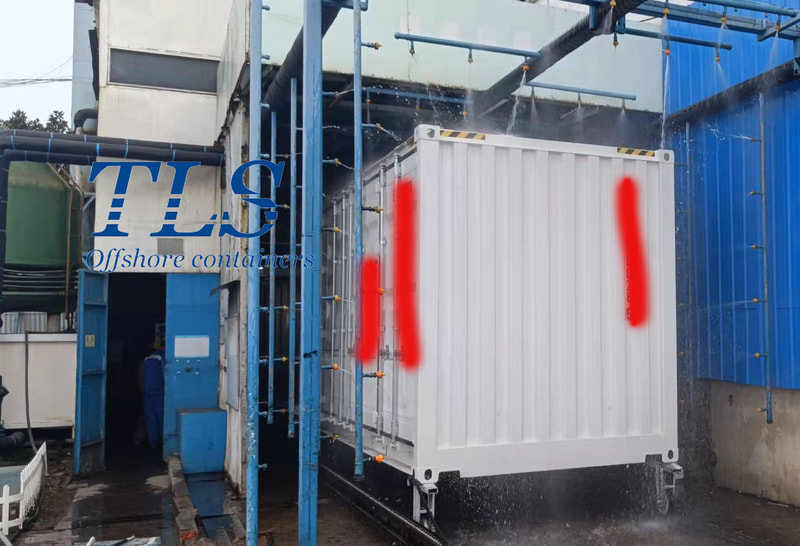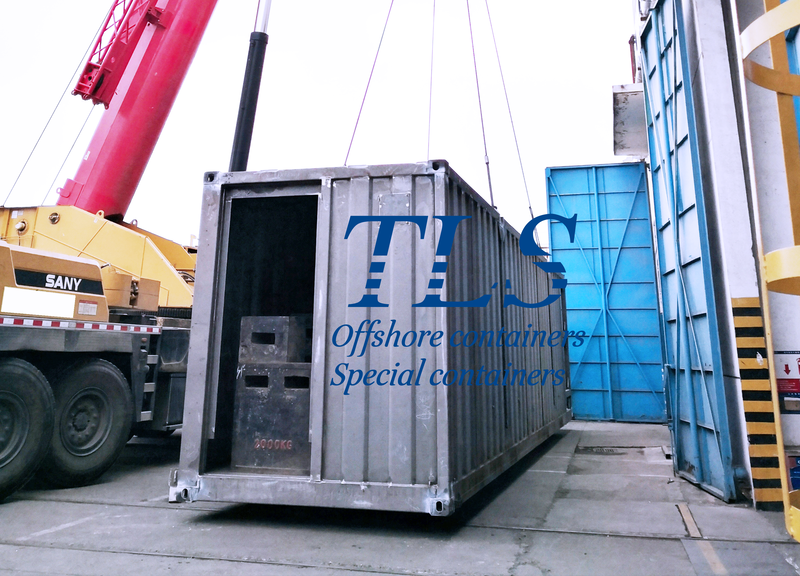|
Introduction Container lifting is a crucial aspect of logistics and shipping operations worldwide. Efficient and safe container lifting ensures the seamless movement of goods from one location to another. Whether you're a seasoned professional or a newcomer to the industry, understanding the various techniques, equipment, and safety measures associated with container lifting is essential. In this comprehensive guide, we will delve into the world of container lifting, exploring its importance, methods, equipment, and safety considerations. Why Container Lifting Matters Container lifting is the process of raising and moving standardized cargo containers, which come in various sizes and configurations, such as 20-foot and 40-foot containers. Proper container lifting is vital for several reasons:
Container Lifting Techniques Several container lifting techniques are employed depending on the situation and equipment available. Here are some common methods:
Container Lifting Equipment To carry out container lifting effectively, the right equipment is essential. Key container lifting equipment includes:
Safety Considerations Container lifting can be hazardous without proper safety measures. Here are some crucial safety considerations:
Conclusion Container lifting is a fundamental aspect of the global logistics industry, ensuring the smooth flow of goods across the world. To maximize efficiency and safety in container lifting operations, it is crucial to understand the various techniques, equipment, and safety measures involved. By following best practices and adhering to safety guidelines, businesses can optimize their container handling processes and contribute to the success of the global supply chain. TLS Offshore Containers / TLS Special Containers is a global supplier of standard and customised containerised solutions. Wherever you are in the world TLS can help you, please contact us. #Container lifting #Container handling #Container lifting techniques #Container lifting equipment #Container lifting methods #Container lifting safety #Container lifting best practices #Cargo container lifting #Container crane #Container spreader Written by Oliver1. During the test, a uniformly distributed load equivalent to the difference between the rated mass and the tare weight of the container should be placed in the container and fully bolted.
2. The ground on which the offshore container falls should be a flat concrete floor or other hard surface. The ground may be covered with planks, which shall not exceed 50 mm in thickness. 3. Lift the marine container tilted so that the angle between the side beam and the end beam connected to the lowest angle on the bottom of the container and the ground is not less than 5°. On the bottom surface of the container, the height difference between the lowest corner point and the highest corner point should not be greater than 400 mm. 4. During testing, the corner with the worst stiffness should be selected as the lowest impacted corner. 5. The lowest corner point of the offshore container should be more than 50 mm away from the ground. The initial impact velocity of the offshore container touching the ground shall not be less than 1m/s. 6. After testing, the offshore container shall not show significant permanent deformation or damage. Small repairable open welds and deformations are allowed. TLS will not proceed to the next production step until the marine container has passed the vertical impact test 1 WELDING INSPECTION |
Archives
July 2024
Categories
All
|
- Home
-
Containerised solutions
- Intelligent pressurised container | MUD logging cabin
- Battery energy storage system (BESS) container
- Flexible grid tied battery storage system
- Laboratory container | workshop container | Equipment containers
- Temporary refuge shelter | Toxic gas refuge | Safe haven
- Offshore accommodation cabin | office container
- Reefer container | Refrigerated container
- Intelligent waste water treatment container
- Fresh water generator container
- Cargo Containers
- Product photos & videos
- News & Blogs
- Contact us
|
Featured products
Intelligent pressurised container Temporary refuge (TR) shelter, toxic gas refuge (TGR) Battery energy storage system (BESS) container Containerised waste water treatment plant Fresh water generator container Reefer container Laboratory container, Workshop container Accommodation container Offshore closed container |
All Rights Reserved 2020 © TLS Offshore Containers / TLS Energy
|





